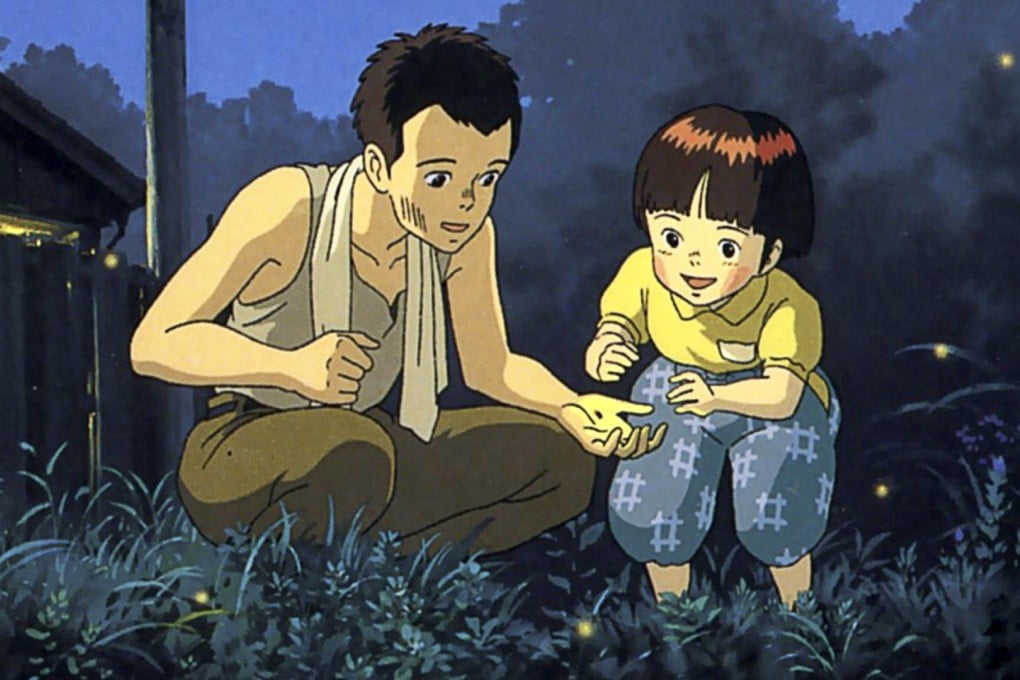Art House: wartime animation Grave of the Fireflies is a depressing masterpiece
Isao Takahata's Grave of the Fireflies (1988) has been named one of the best animated films of all time; it also has been listed by Empire film magazine as one of the most depressing movies ever. In other words, it's a must-see film that will leave you in a puddle of tears — a reputation that has stopped many people from watching it.

Isao Takahata's Grave of the Fireflies (1988) has been named one of the best animated films of all time; it also has been listed by Empire film magazine as one of the most depressing movies ever. In other words, it's a must-see film that will leave you in a puddle of tears — a reputation that has stopped many people from watching it.
Based on Akiyuki Nosaka's 1967 novel about the struggles of a 14-year-old boy and his four-year-old sister in second world war-era Kobe, this anime is immensely powerful. I've seen it at least half a dozen times and each time the tears come. When I taught the film at a Japanese college, I would not turn on the lights until I had composed myself, a process that often lasted well past the credit crawl.
Takahata, now 78, lived through the war years and wanted to portray the harsh lives of his young protagonists honestly. That those lives end pathetically is inarguable, but the film portrays the children's fate as the last in a long chain of circumstances that unfolds in the chaos of wartime. Instead of manipulative dramatics, there is the inevitability of tragedy.
The ending is foreshadowed in the beginning. We first see the boy, Seita, dying at a Kobe train station. When his spirit is released, it joins that of his sister, Setsuko, which appears from an empty sweet tin Seita has been keeping, and he begins to narrate the story: "September 21, 1945. That was the day I died."
It is a story similar to that of many Japanese children in the closing days of the war, as American firebombs rained down and thousands perished. Horribly burned in an air raid, the children's mother dies soon after. (Their father, a naval officer, is presumably at sea, though probably also dead.)
An aunt takes the children in, but when Seita's contributions to the family larder dwindle, and food rationing tightens, her resentment of her "freeloading" young visitors grows. Seita finally decides to go it alone, moving with Setsuko into an abandoned bomb shelter, but food is scarce, even after Seita resorts to stealing, and Setsuko withers from malnutrition.